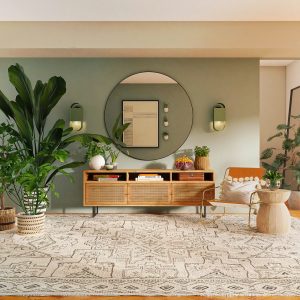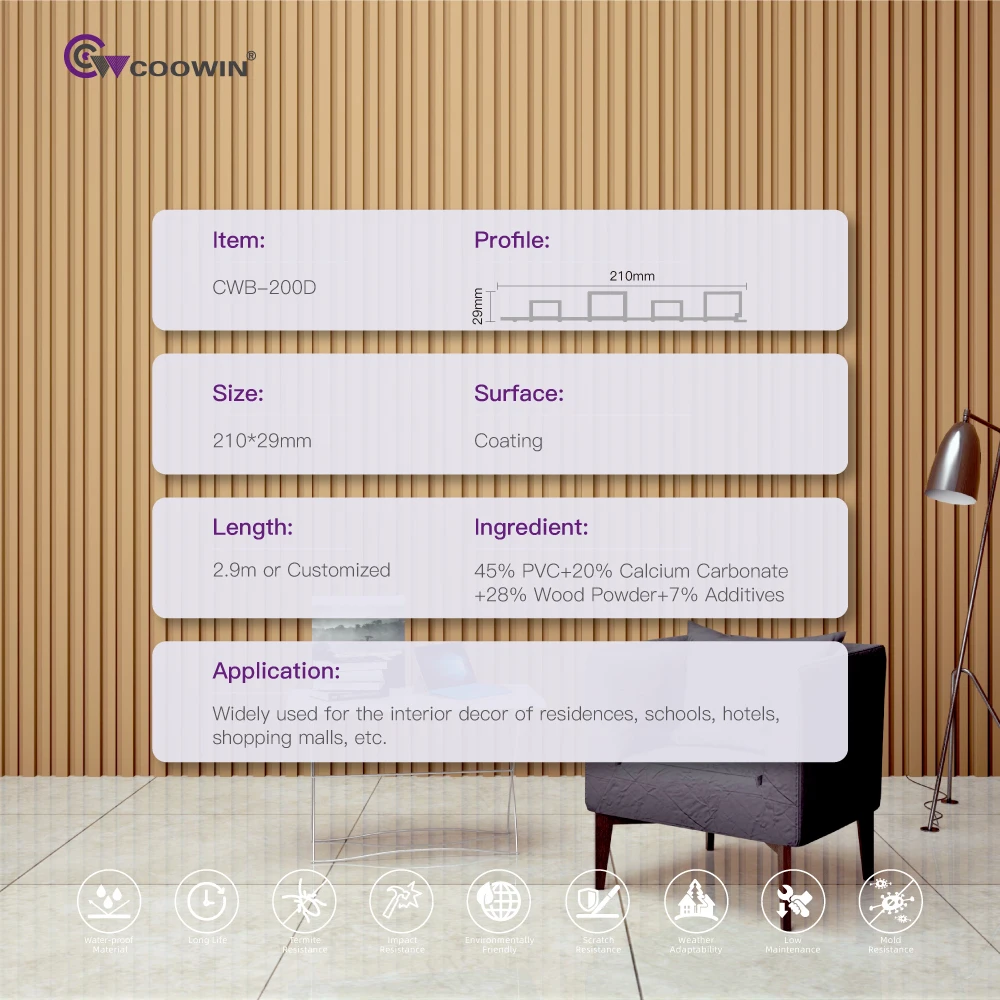In the world of interior design, creating an inviting and stylish environment often involves innovative materials that stand out while serving various purposes. One such innovation is fusion decoration materials. In this article, we’ll explore what fusion decoration materials are, their benefits, applications, and much more, drawing from personal experiences and industry insights.
What Are Fusion Decoration Materials?
Fusion decoration materials are a blend of multiple materials, combining aesthetics and functionality. These materials are specifically designed to enhance the visual appeal of spaces while maintaining durability and ease of maintenance. They often include a mixture of natural and synthetic components, resulting in unique textures and finishes.
History and Evolution of Fusion Materials
The concept of fusion materials dates back to the early 2000s when designers began to experiment with hybrids of traditional and modern materials. Since then, they have evolved tremendously, influenced by technological advancements and changing consumer preferences.
Key Characteristics of Fusion Materials
- Diverse Aesthetics: Fusion materials come in varied designs, colors, and textures.
- Durability: They are typically more robust than their traditional counterparts.
- Eco-Friendliness: Many fusion materials use sustainable components, appealing to environmentally-conscious consumers.
- Low Maintenance: Easy to clean and maintain, making them suitable for busy households.
Applications of Fusion Decoration Materials
Fusion decoration materials are versatile and can be applied in various areas of residential and commercial interiors.

1. Flooring
Fusion flooring options combine the durability of tiles with the aesthetic appeal of hardwood or stone. Here are some popular types:
| Material Type | Features | Pros | Cons |
|---|---|---|---|
| Composite Vinyl | Water-resistant, mimics wood/stone | Durable, cost-effective | Can be susceptible to scratches |
| Laminate | High-quality prints, easy installation | Variety of designs | Not as durable as solid wood |
| Engineered Wood | Real wood veneer on top | Stable, better for moisture | Expensive compared to laminate |
2. Wall Finishes
Fusion materials can also be used as wall finishes, giving a contemporary touch to any room. Options include:
- Textured Panels: Made from wood, metal, or composite materials.
- Wall Murals: Create a stunning visual impact and can include eco-friendly inks.

3. Furniture Design
Furniture crafted from fusion materials offers both beauty and functionality. Consider furniture that blends:
- Wood and metal for a modern industrial look.
- Recycled materials for sustainable options.
Benefits of Using Fusion Decoration Materials
Choosing fusion decoration materials comes with numerous benefits that can enhance the overall quality of your space.

Cost-Effective Solution
Fusion materials often provide the look of high-end materials without the corresponding price tag. This makes them an attractive choice for budget-conscious homeowners.
Design Flexibility
The variety in fusion materials enables designers and homeowners to customize their spaces extensively. Whether you want a rustic or modern look, there are fusion options available to meet your aesthetic goals.

Eco-Friendly Choices
With increasing awareness about sustainability, many fusion materials are developed using recycled materials or sustainably sourced components, making them a responsible choice for the environment.
Comparison of Fusion Decoration Materials
To understand how fusion materials stack up against traditional materials, let’s look at this comparison table:

| Material Type | Aesthetic Appeal | Durability | Maintenance | Eco-Friendliness | Cost |
|---|---|---|---|---|---|
| Fusion Materials | High | High | Low | High | Medium |
| Traditional Wood | Very High | Medium | Medium | Variable | High |
| Tiles | High | Very High | Medium | Medium | Medium |
Personal Experience with Fusion Decoration Materials
As someone who has recently renovated my home, I can personally attest to the transformative power of fusion materials. When selecting materials for my living room, I opted for composite vinyl flooring that mimics hardwood. The installation process was straightforward, and I was amazed by how realistic the finish looked. The best part? It’s easy to clean and holds up well to my two energetic dogs!

Choosing the Right Fusion Materials
When selecting fusion materials, consider the following:
- Purpose: What is the main function of the material? Is it for flooring, walls, or furniture?
- Style: Ensure the material complements your existing decor.
- Budget: Determine how much you are willing to spend while balancing quality and aesthetics.
Frequently Asked Questions (FAQs)
What are common types of fusion decoration materials?
Common types include composite vinyl, laminate, engineered wood, textured wall panels, and recycled material furnishings.
Are fusion materials eco-friendly?
Many fusion materials utilize sustainable practices, incorporating recycled materials or eco-friendly manufacturing processes.
How do fusion materials compare in terms of durability?
Fusion materials often provide higher durability than traditional materials, making them suitable for high-traffic areas.
Can fusion decoration materials be used outdoors?
While some fusion materials are designed for outdoor use, it’s essential to check the manufacturer’s specifications for weather resistance.
What are the maintenance requirements for fusion materials?
Fusion materials typically require low maintenance, often just needing regular cleaning with mild detergents.
Conclusion
Fusion decoration materials represent a significant leap in interior design, allowing for creative expression without sacrificing functionality. Their durability, eco-friendliness, and aesthetic appeal make them a smart choice for homeowners and designers alike. As I continue to enjoy my fusion vinyl flooring and admire the unique style it brings to my home, I encourage you to explore this exciting realm and consider how fusion materials can elevate your living space.